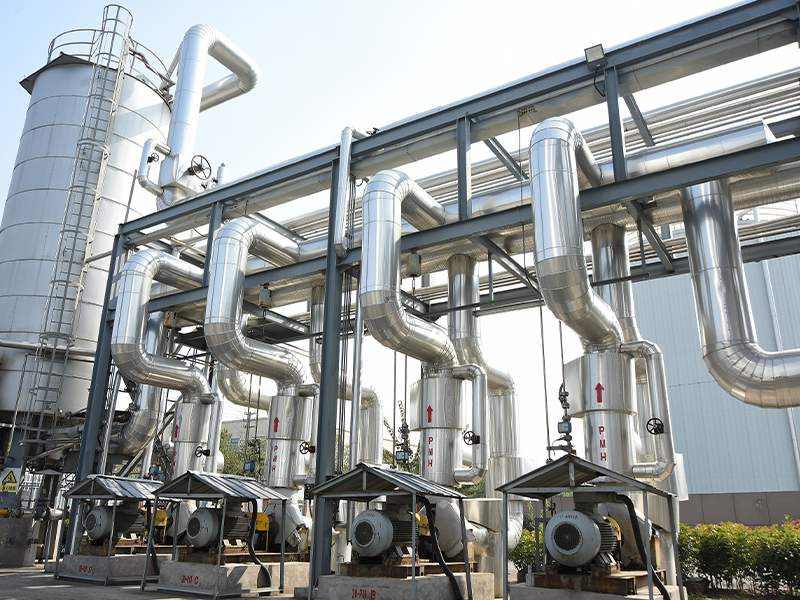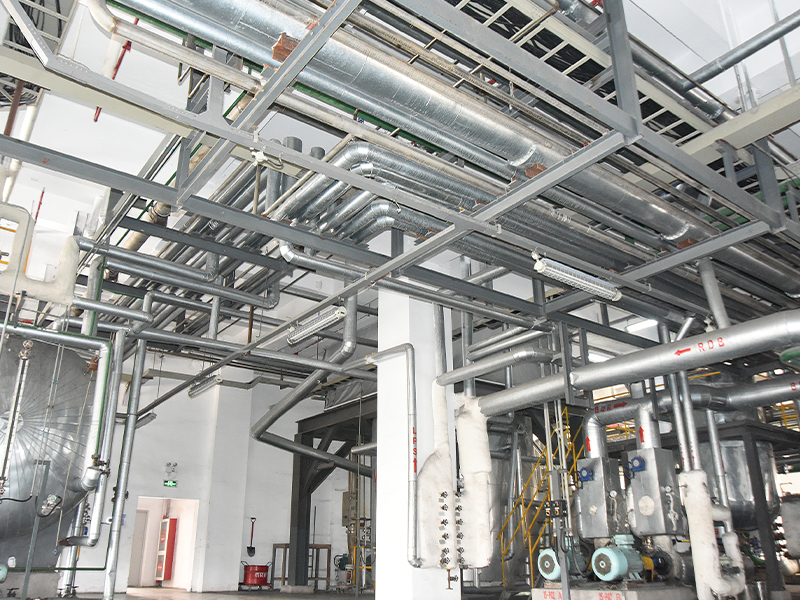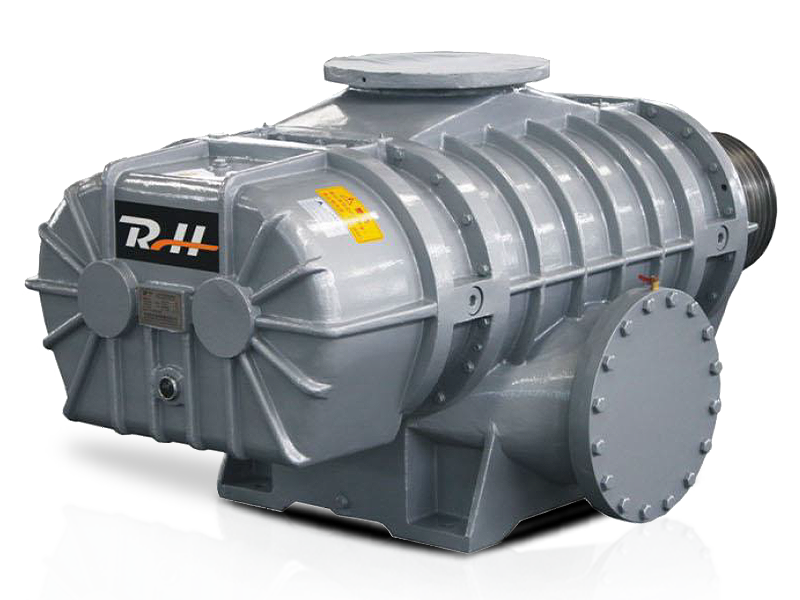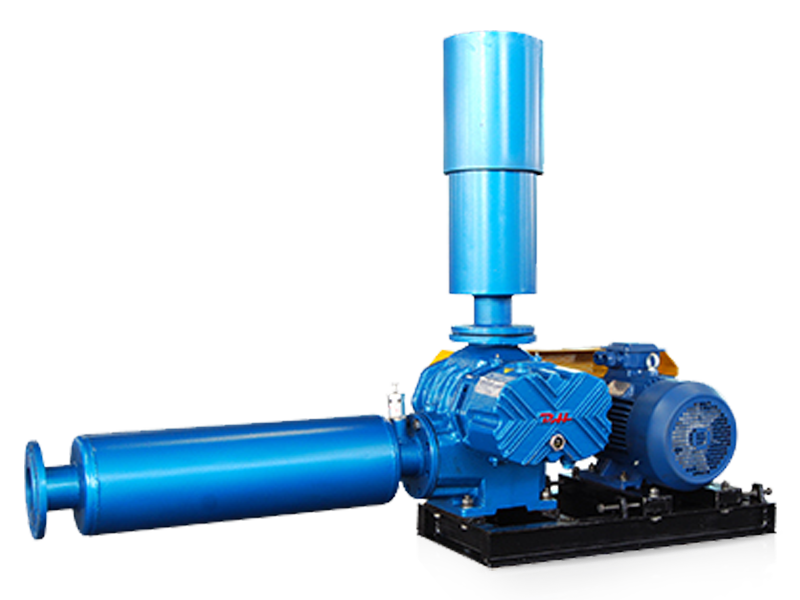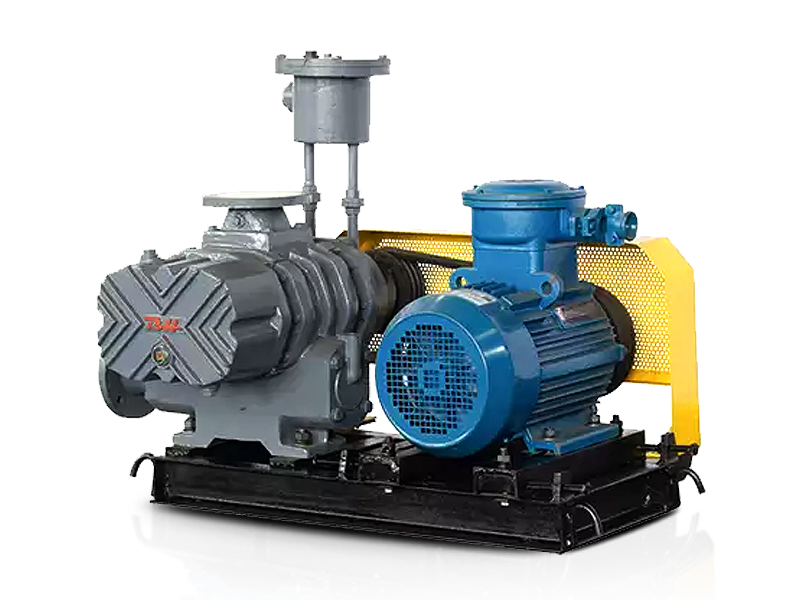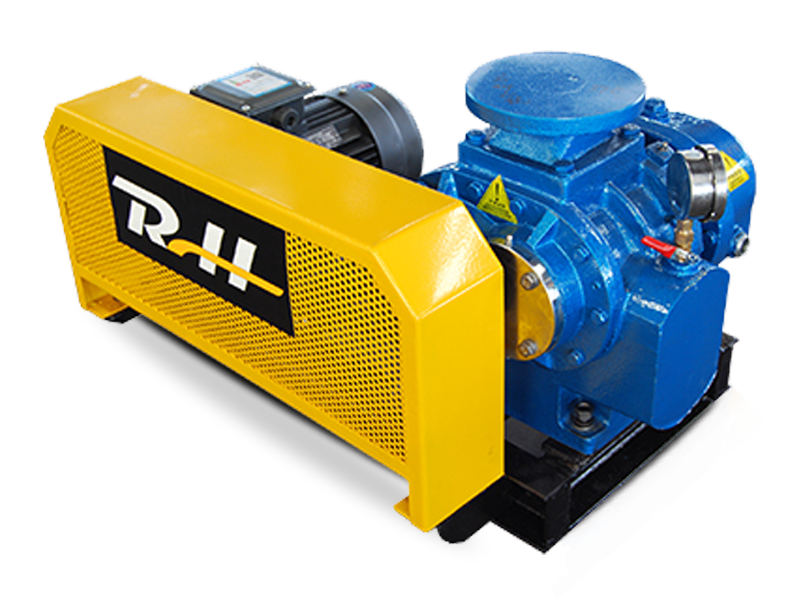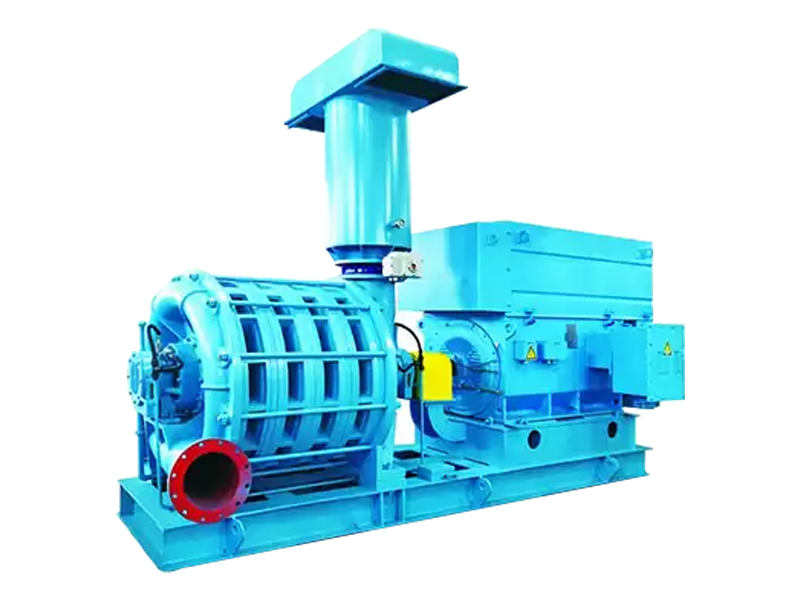A Rotary Sliding Vane Blower is a versatile and widely used device in industries ranging from wastewater treatment to pneumatic conveying. It is valued for its ability to provide consistent airflow and pressure in applications that require continuous operation. However, there are situations where operators need higher stress output, whether for increased airflow, pressure, or performance under demanding conditions. Understanding how to safely and effectively increase the stress output of a Rotary Sliding Vane Blower can optimize operational efficiency and extend equipment life.
Understanding the Stress Output of a Rotary Sliding Vane Blower
Before attempting to increase the stress output, it is crucial to understand what “stress output” means in the context of a Rotary Sliding Vane Blower. Generally, stress output refers to the blower’s ability to maintain pressure and airflow under load. This is affected by:
- Vane design and material – The vanes are the core components that generate airflow. Their shape, material, and wear level significantly impact stress output.
- Rotational speed – Higher rotation speeds can increase airflow and pressure but also increase wear and energy consumption.
- Motor power – The blower’s motor must provide adequate torque to maintain increased stress without overloading.
- Intake and exhaust conditions – Restrictions or inefficiencies in the inlet or outlet can limit performance.
By addressing these factors, operators can systematically enhance the blower’s stress output without risking damage or unsafe operation.
Mechanical Adjustments for Increasing Stress Output
1. Optimize Vane Condition
The vanes in a Rotary Sliding Vane Blower are critical to performance. Over time, vanes wear down due to friction and heat. Worn or improperly fitted vanes reduce the efficiency and stress output of the blower.
Tips:
- Inspect vanes regularly for wear or cracking.
- Replace vanes with high-quality, manufacturer-recommended materials.
- Ensure vanes are properly seated and aligned to minimize air leakage.
2. Adjust Rotor Speed
Increasing the rotor speed can boost airflow and pressure. However, this must be done carefully to avoid overheating or mechanical stress.
Tips:
- Consult the blower’s rated speed limits to prevent damage.
- Use variable frequency drives (VFDs) for precise control of rotor speed.
- Gradually increase speed while monitoring temperature and vibration levels.
3. Optimize Clearances
The gap between the rotor, vanes, and housing affects efficiency. Tightening these clearances can reduce air leakage and increase stress output, but overly tight clearances may cause friction and wear.
Tips:
- Follow manufacturer guidelines for optimal clearance adjustments.
- Regularly measure clearances during maintenance to ensure consistency.
4. Upgrade Motor or Power Source
If the blower’s current motor cannot sustain higher stress output, consider upgrading to a higher-capacity motor. This provides additional torque and helps maintain stable pressure under increased load.
Tips:
- Ensure the new motor is compatible with the blower’s design.
- Confirm that electrical supply and wiring can handle the increased power.

Operational Strategies for Higher Stress Output
1. Optimize Inlet and Outlet Conditions
The blower’s performance is heavily influenced by the air pathways. Obstructions, filters, or poorly designed ducts can reduce stress output.
Tips:
- Use smooth, straight ducts to minimize pressure drop.
- Regularly clean or replace filters to maintain airflow.
- Ensure the inlet is unrestricted to prevent cavitation or vacuum issues.
2. Control Ambient Conditions
Environmental factors such as temperature, humidity, and altitude affect blower efficiency. Cooler, dry air is denser and can improve stress output.
Tips:
- Position the blower in a well-ventilated area.
- Avoid intake of hot or contaminated air.
- Consider pre-cooling or air conditioning for extreme environments.
3. Gradual Load Increase
Sudden increases in demand can strain the blower and reduce effective stress output. A gradual increase allows the blower to operate efficiently under higher load.
Tips:
- Use flow control valves to modulate demand.
- Monitor blower response to incremental load increases.
Maintenance Practices to Support High Stress Output
Consistent maintenance is essential for sustaining increased stress output. Neglecting routine care can reduce efficiency and shorten the blower’s lifespan.
1. Lubrication
Rotary Sliding Vane Blowers require proper lubrication to minimize friction and heat. Adequate lubrication ensures smooth vane movement, contributing to higher stress output.
Tips:
- Use manufacturer-recommended lubricants.
- Maintain the correct oil level in lubricated models.
- Monitor for signs of oil degradation or contamination.
2. Vibration and Noise Monitoring
Excessive vibration or unusual noise often signals mechanical inefficiencies or misalignment, which can limit stress output.
Tips:
- Use vibration sensors to detect early signs of mechanical issues.
- Address misalignment or imbalance promptly.
- Maintain stable mounting to reduce vibrations.
3. Regular Inspection and Replacement
Key components like vanes, bearings, and seals wear over time. Regular inspections and timely replacements help maintain high stress output.
Tips:
- Create a maintenance schedule based on operating hours.
- Replace worn parts before they impact performance.
- Keep a log of maintenance activities to track performance trends.
Safety Considerations
Increasing stress output inherently involves operating the blower closer to its performance limits. Safety precautions are critical to prevent accidents or equipment damage.
Tips:
- Avoid exceeding manufacturer-recommended speed and pressure limits.
- Install temperature and pressure monitoring devices.
- Ensure emergency shutdown procedures are in place.
- Train operators on proper handling under higher load conditions.
Advanced Methods for Stress Output Enhancement
For industrial applications where maximum stress output is essential, consider advanced techniques:
- Multi-stage Blow: Using multiple blower stages can increase output pressure without overstressing a single unit.
- Custom Rotor or Vane Designs: Some manufacturers offer high-efficiency rotor and vane designs optimized for greater stress output.
- Automation and Feedback Control: Automated systems with real-time pressure monitoring can adjust speed and flow to maintain peak stress output safely.
Conclusion
Increasing the stress output of a Rotary Sliding Vane Blower requires a combination of mechanical adjustments, operational strategies, and consistent maintenance. Key factors include optimizing vane condition, rotor speed, clearances, and environmental conditions while ensuring safety and reliability. By taking a systematic approach, operators can enhance blower performance without compromising equipment life or operational safety.
With proper attention to detail, a Rotary Sliding Vane Blower can deliver higher stress output, providing more efficient airflow and pressure for industrial applications while maintaining durability and energy efficiency.


 русский
русский Español
Español عربى
عربى